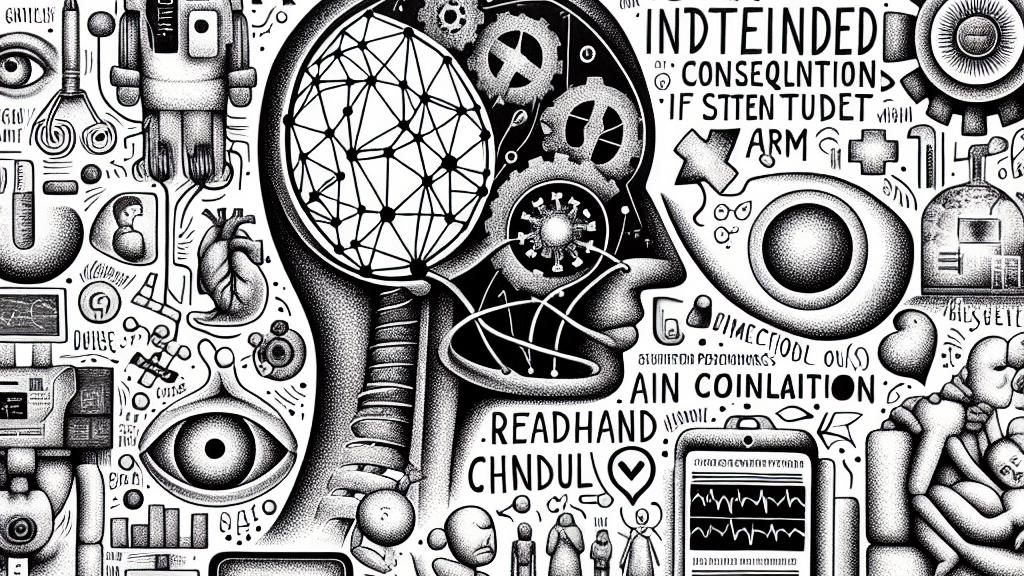Understanding Harm in AI: Challenges and Solutions
Overview
- Harm specification in AI is complex due to ethical nuances and varying contexts.
- Traditional methods often lead to vague definitions, missing key aspects of harm.
- A shift towards robust AI safety amidst uncertainties is critical for future developments.

The Complexity of Harm
Delving into the realm of artificial intelligence reveals that the concept of 'harm' captivates our attention, largely because it is both crucial and notoriously tricky to define, especially within AI alignment. This topic revolves around ensuring AI systems reflect our human values while striving to prevent any unintended negative consequences. For instance, Asimov's iconic robotic laws dictate that robots must never harm humans, a principle that sounds simple but becomes tangled as AI increasingly impacts areas like healthcare, relational dynamics, and decision-making strategies. Consider a hospital's AI system that predicts patient outcomes; while its intentions are altruistic, it might inadvertently raise undue alarm about minor issues, leading to unnecessary anxiety for patients. Such scenarios highlight the urgent need for a deeper understanding of harm that goes beyond the surface.
The Shortcomings of Traditional Approaches
Historically, researchers have approached the challenge of harm specification as if it were a straightforward technical obstacle. They often posit that enhanced algorithms or larger datasets will offer solutions. However, Robin Young presents a compelling argument that this viewpoint overlooks a significant problem: a fundamental disconnect exists between our understanding of harm and how we actually program AI systems to prevent it. Picture trying to fit an elaborate three-dimensional puzzle into a flat two-dimensional guide; without the right adjustments, many pieces simply won’t fit. This analogy illuminates why fine-tuning algorithms alone won't simplify harm definitions. As we probe these complexities, it becomes clear that ethical considerations should be intertwined with AI programming, influencing every decision rather than being an afterthought.
Rethinking AI Alignment Research
Acknowledging these intricacies compels us to rethink our strategies concerning AI alignment research. Instead of an endless pursuit to create a rigid framework for specifying every potential type of harm, why not focus on developing AI systems that thrive in uncertainty? Imagine an autonomous vehicle, expertly making split-second decisions to ensure the safety of its passengers, even in unpredictable conditions, relying on instinct rather than a comprehensive check-list. Such an innovative approach would not only enhance the flexibility and responsiveness of AI but also foster public trust in technologies that are navigating our daily lives. Ultimately, this perspective revolutionizes our understanding of AI as a partner in safety, one that prioritizes human well-being while deftly sidestepping potential pitfalls. As we venture into a future where AI is integral to our society, balancing flexibility with ethical responsibility is not merely an option; it is an absolute necessity.

Loading...